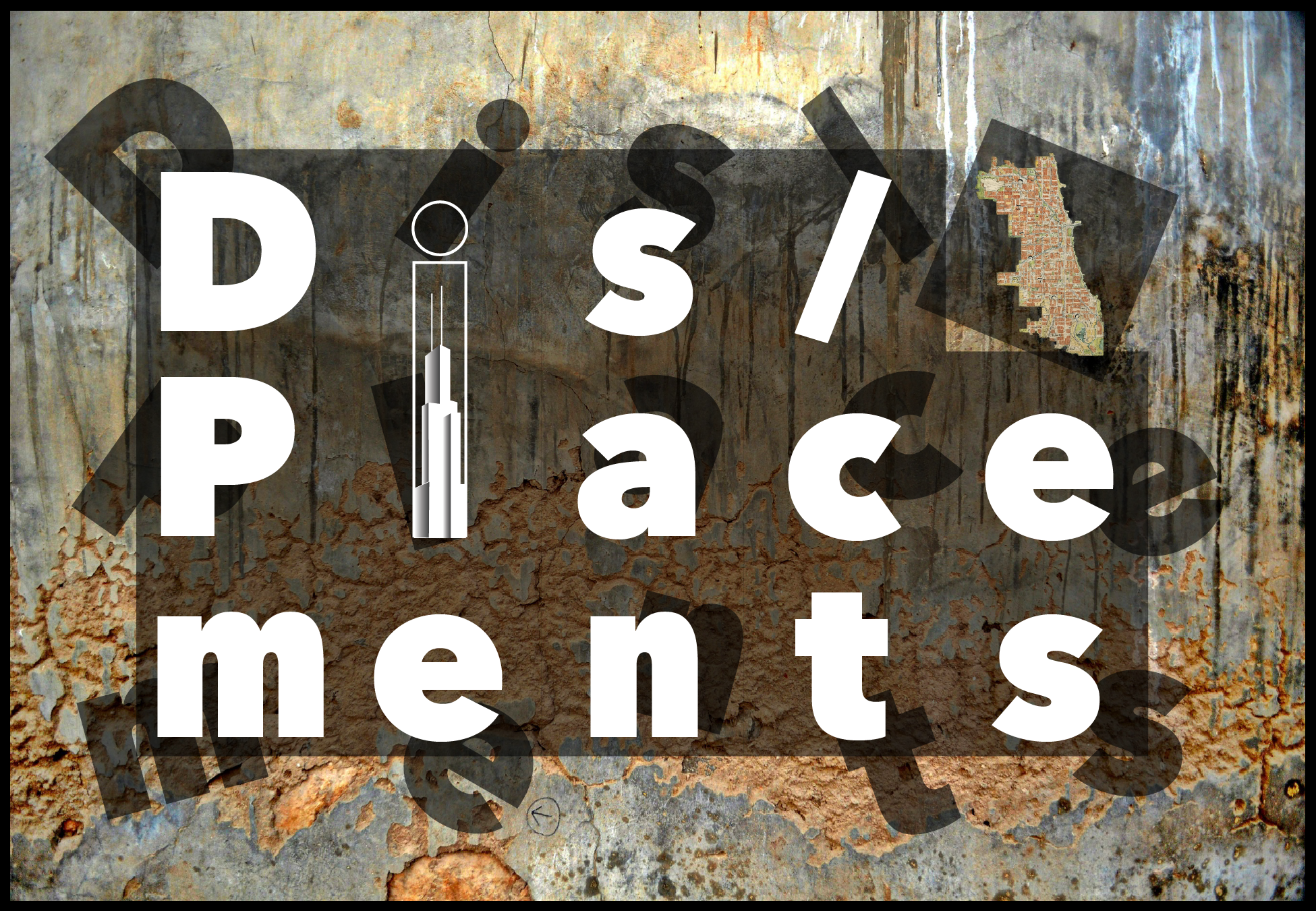Uptown Walking Tour Overview
A People’s History of uptown
Take a tour of the neighborhood of uptown in northside chicago
Uptown is best known as a glittering Jazz Age hub and an early home of Hollywood at the turn of the twentieth century. But it also has a long and thriving tradition of radical poor people’s movements, and is among the few racially diverse neighborhoods in a city notorious for its segregation. Take the tour to hear the less-told stories of one of America’s great cities, narrated through the perspectives of Uptown’s residents and community activists, chronicling people’s active resistance to displacement or what they referred to as the city’s “urban removal” policies. Each site in this tour has a story to tell of extraordinary alliances, hard-won victories, and devastating losses.
-
Native Americans were first displaced from Chicago in 1833. A century later, they were forced to return.
-
Uptown's so-called "Golden Age" in the early 20th century was built on segregation and elite interests.
-
After the Depression, Uptown became home to thousands of displaced poor white southern families.
-
The 1960s in Uptown brought together welfare mothers, a youth gang, and student radicals of the New Left.
-
Two youth gang of Uptown joined hands with the Black Panther Party to form a multiracial coalition.
-
Ex-miners in Uptown were dying of Black Lung disease, but the law refused to recognize it.
-
Over the years, Uptown’s poor have fought to retain the main target of urban renewal: their homes.
-
Uptown’s children, parents, and teachers have always asserted that quality public education is a right.
-
“New Chinatown” founders, SE Asian refugees, and second-gen immigrants debate representations of Uptown.
-
Youth activism takes center stage, using music and visual arts as a medium/mode of expression and protest.
This walking tour from beginning to end is approximately 3.5 - 4 miles in length (~6.4 km)
Copyright ©2018 Dis/Placements Project
